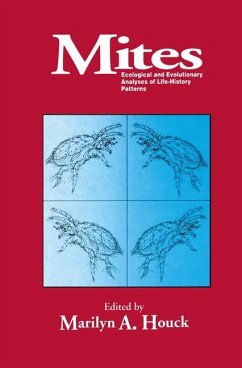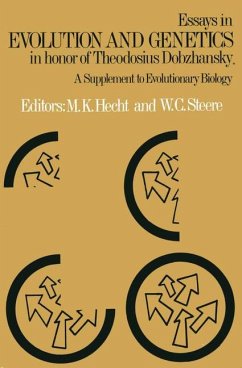This book has the modest aim of bringing together methodological, theo retical, and empirical studies that bear on the phylogenetic placement of primates and their relatives, and continues a tradition started by Phylogeny of the Primates: A Multidisciplinary Approach (edited by W. P. Luckett and F. S. Szalay; Plenum Press, 1975) and The Comparative Biology and Evolutionary Rela tionships of Tree Shrews (edited by W. P. Luckett, Plenum Press, 1980). Although there are several recent compendia of studies of primate relationships, most of these are exclusively concerned with the internal arrangement of clades within the order, not with the place of primates and their relatives on the eutherian cladogram. Evolutionary theory predicts that primates must be more closely related to some non primate mammals than to others, but a continuing problem has been to find reliable procedures for recovering historical relationships among taxa. Before the 1970s, higher-level relationships among primates and euthe rian mammals that might be closely related to them were rarely treated in detail. Outstanding exceptions, like Le Gros Clark's Antecedents of Man, were just that-exceptions. (Clark himself essentially stopped with making a case for tree shrews; he did not, for example, explore whether bats and colugos were also related to primates. ) In the 1970s and 1980s, the rise of cladistic techniques and advances in molecular methods began to transform primate systematics.








